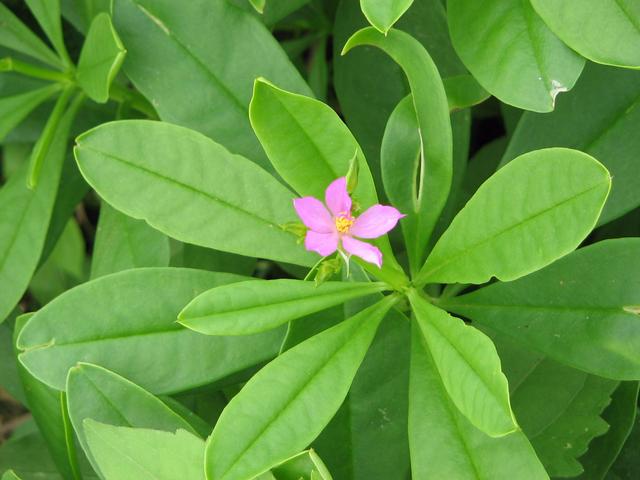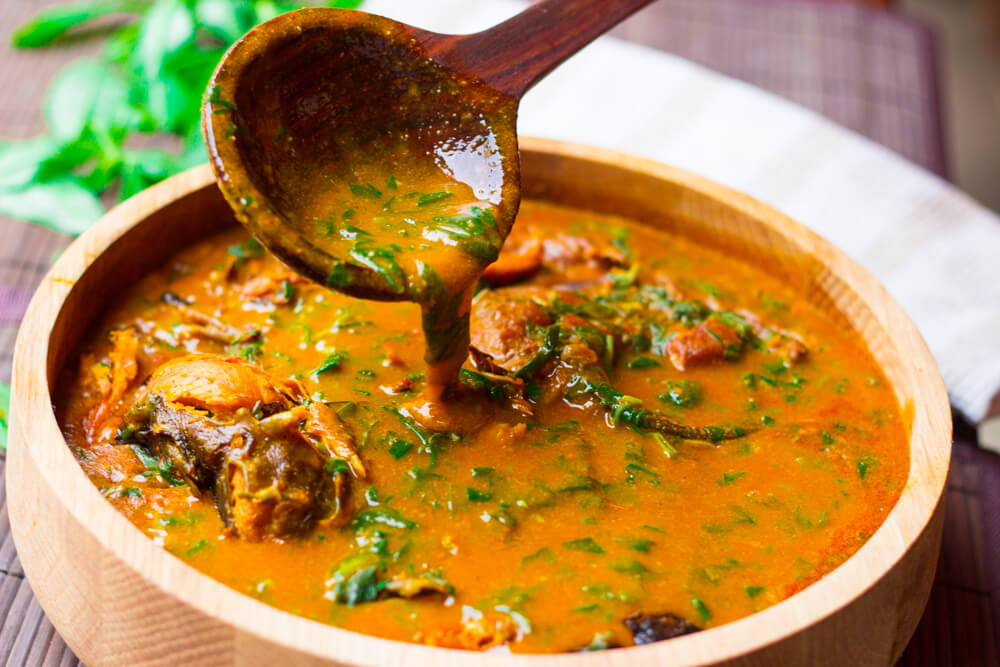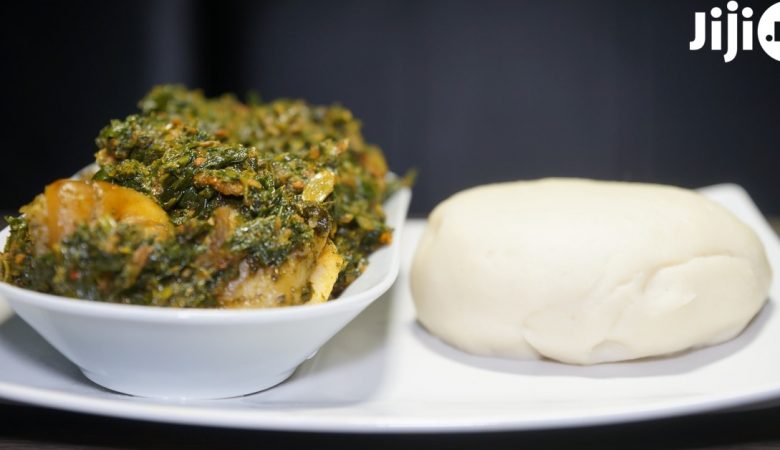Despite its amazing healing properties, waterleaf is one of the least known herbal remedies in today’s Nigeria. Nigerians focus on other medicinal plants like pumpkin leaves and unripe plantain, while the humble waterleaf remains in relative obscurity.
Today we want everyone to learn about the health benefits of water leaf vegetable, as this plant, which is often considered to be useless or even just a weed, can actually vastly improve our health. Find out about the biggest benefits right now!
Live healthier with the Jiji app
1. What is waterleaf?
Even if you’ve never heard of water leaf benefits and are not even sure whether you’ve ever seen this plant, you’ve definitely met it before. Waterleaf is one of the plants that grows faster during the rainy season, and sometimes it flourishes so quickly that farmers prefer to pluck it out.
Waterleaf originated in West Africa and has since spread to other continents. The name “waterleaf” was given to this plant thanks to its high water content – over 90% of waterleaf is actually pure water. Waterleaf is also rich in pectin, which gives it the characteristic sticky feel when you cut it.
Unlike many other plants, waterleaf is very durable: it can withstand heat, cold temperatures, flooding, and drought, although this plant is at its best in humid weather conditions without the scorching sun. That is why waterleaf is so easy to grow on your own!

2. Health benefits of waterleaf
Waterleaf may not be the most popular plant among Nigerians nowadays, but those who already know about the benefits of waterleaf can’t get enough of it and never take waterleaf for granted. Time to find out what it can do for you as well!
- Keep your mind sharp. Regular intake of waterleaf greatly improves your cognitive abilities, as well as memory and perception, thanks to the positive impact on the cerebrum neurons.
- Lower cholesterol level. High cholesterol level, which is one of the main causes of dangerous cardiovascular diseases, can be effectively treated with the help of waterleaf’s high fiber content.
- Fight bacteria and infections. Waterleaf has proven to be quite effective in treating various inflammations and other symptoms caused by bacteria and infections.
- Decrease blood sugar level. Patients who suffer from diabetes should definitely include waterleaf into their diets, as this plant has a proven ability to lower sugar levels in the blood.
- Mild treatment for constipation. Constipation is one of the most uncomfortable conditions you can experience, and waterleaf is one of the mildest laxative solutions known today.
- Easy weight loss. The high fiber content and low-calorie count make waterleaf an ideal diet ingredient for those who want to lose excess weight. Waterleaf will keep you full longer so you won’t have to resort to unhealthy snacks.

3. How to prepare water leaf soup
Soup is one of the most popular ways of consuming waterleaf: it can be cooked in large batches and can feed the whole family for at least two days. If you’re wondering how to cook vegetable soup with water leaf, your best choice is simple beef soup with waterleaf.
This recipe also calls for bitter leaf, so today you can find out how to make waterleaf and bitter leaf soup and get the best out of both plants. Here’s what you’ll need:
- Beef
- Waterleaf
- Bitter leaf
- Crayfish
- Scotch bonnet peppers
- Palm oil
- Seasoning cubes
First, boil the beef until it’s tender. Add the seasoning, chopped peppers, crayfish to the stock and leave to boil until a significant part of the water evaporates. In the meantime, wash, separate, and finely chop the water leaf and bitter leaf.
Add the palm oil and chopped leaves to the soup and turn off the heat immediately. Let the vegetables cook without excess heat so that they could retain most of their nutrients. Now your waterleaf and bitter leaf soup are done!

Cook and eat better with the Jiji app






